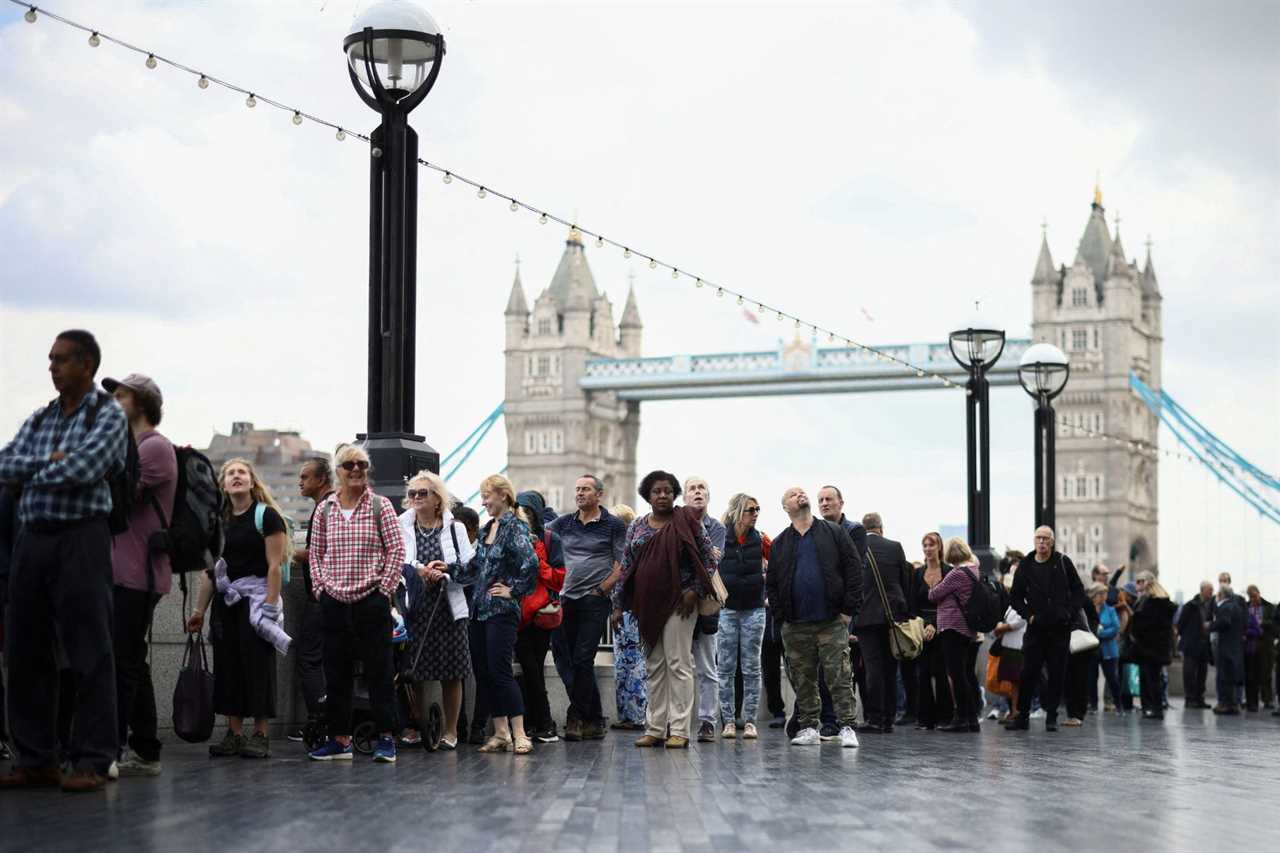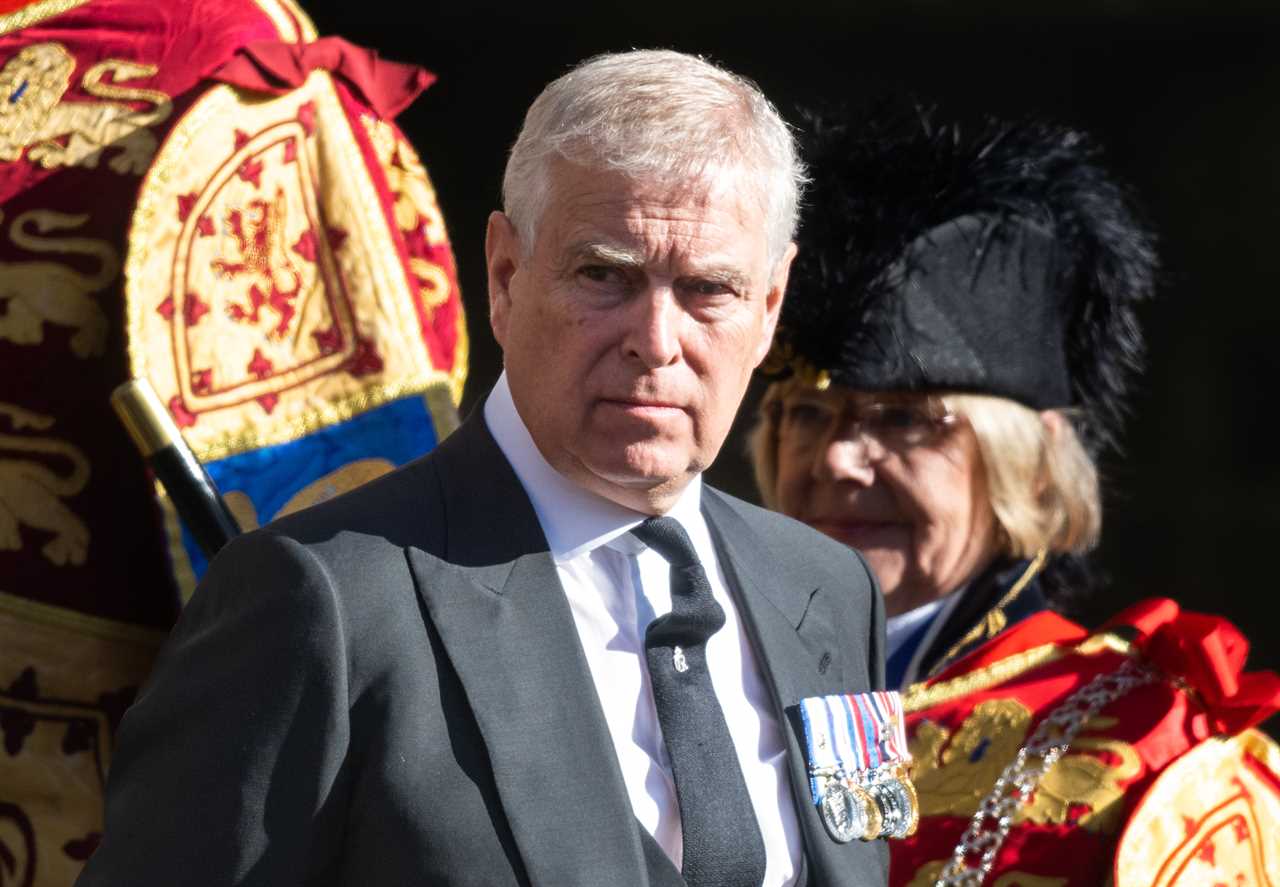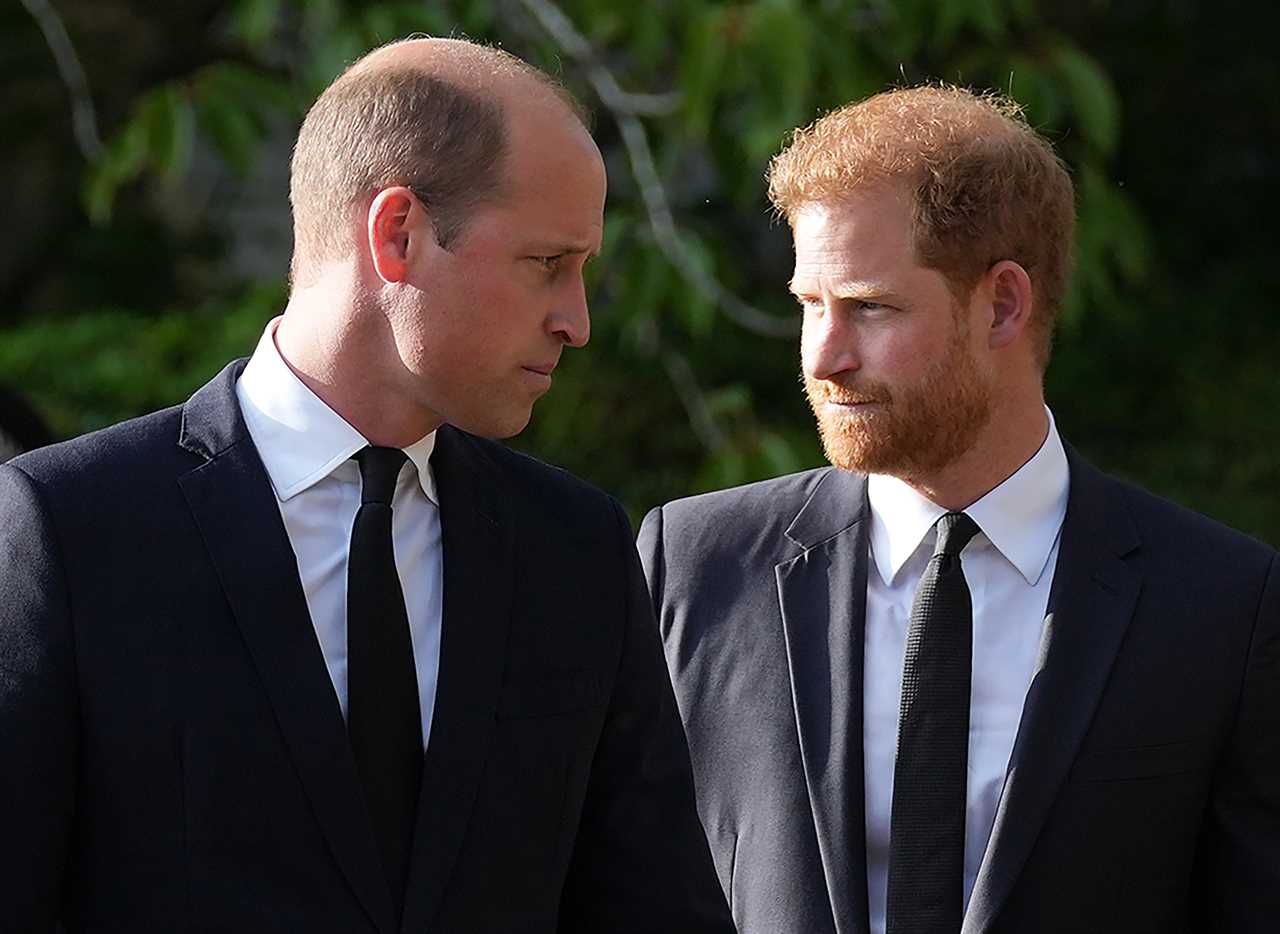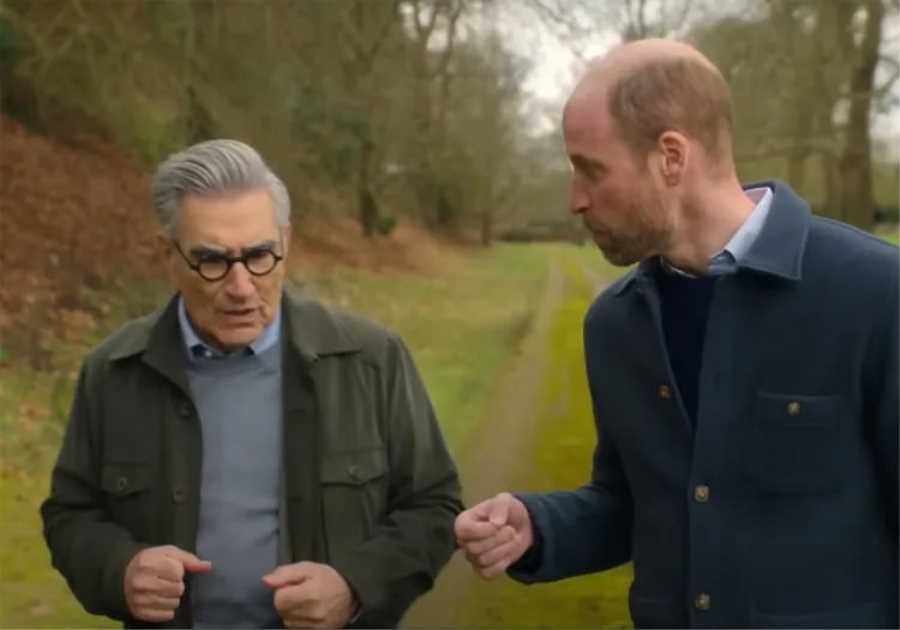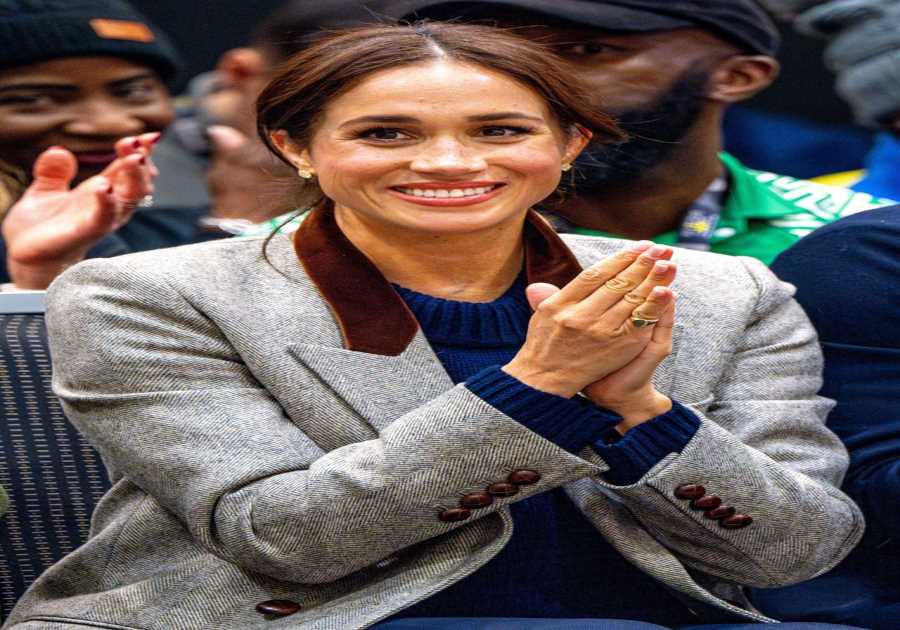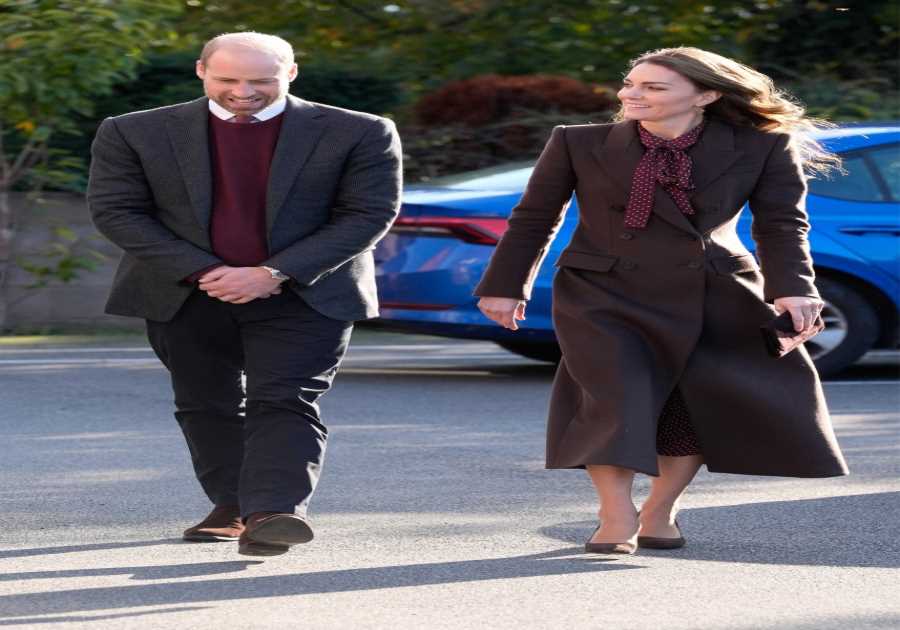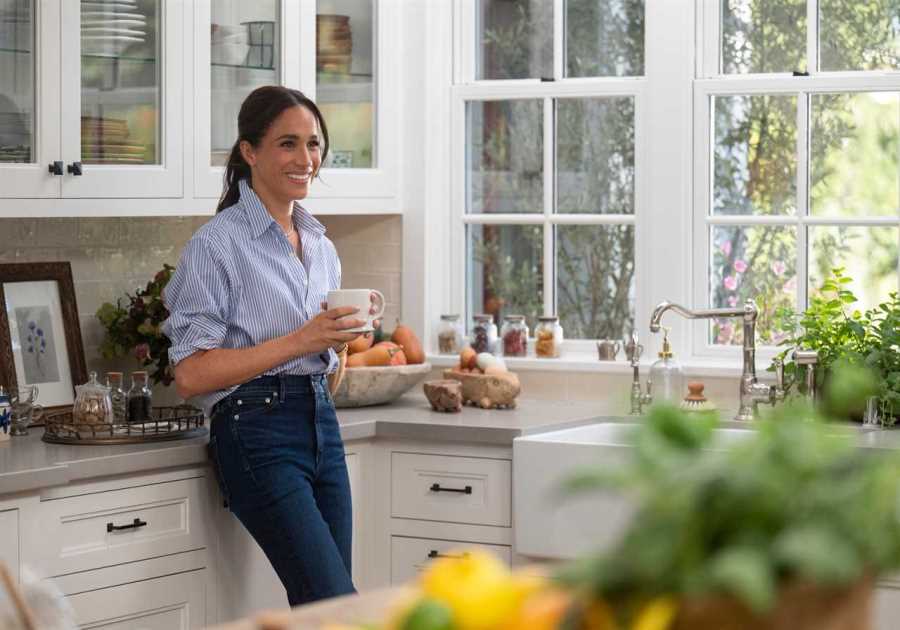THE sight of the Queen sitting alone in the empty pews beside the coffin of her beloved Prince Philip moved the world 18 months ago.
This afternoon, Her Majesty will finally be beside her “liege man” in the royal vault, when she makes the same passage through the 1,000-year-old quire of St George’s Chapel in Windsor Castle.
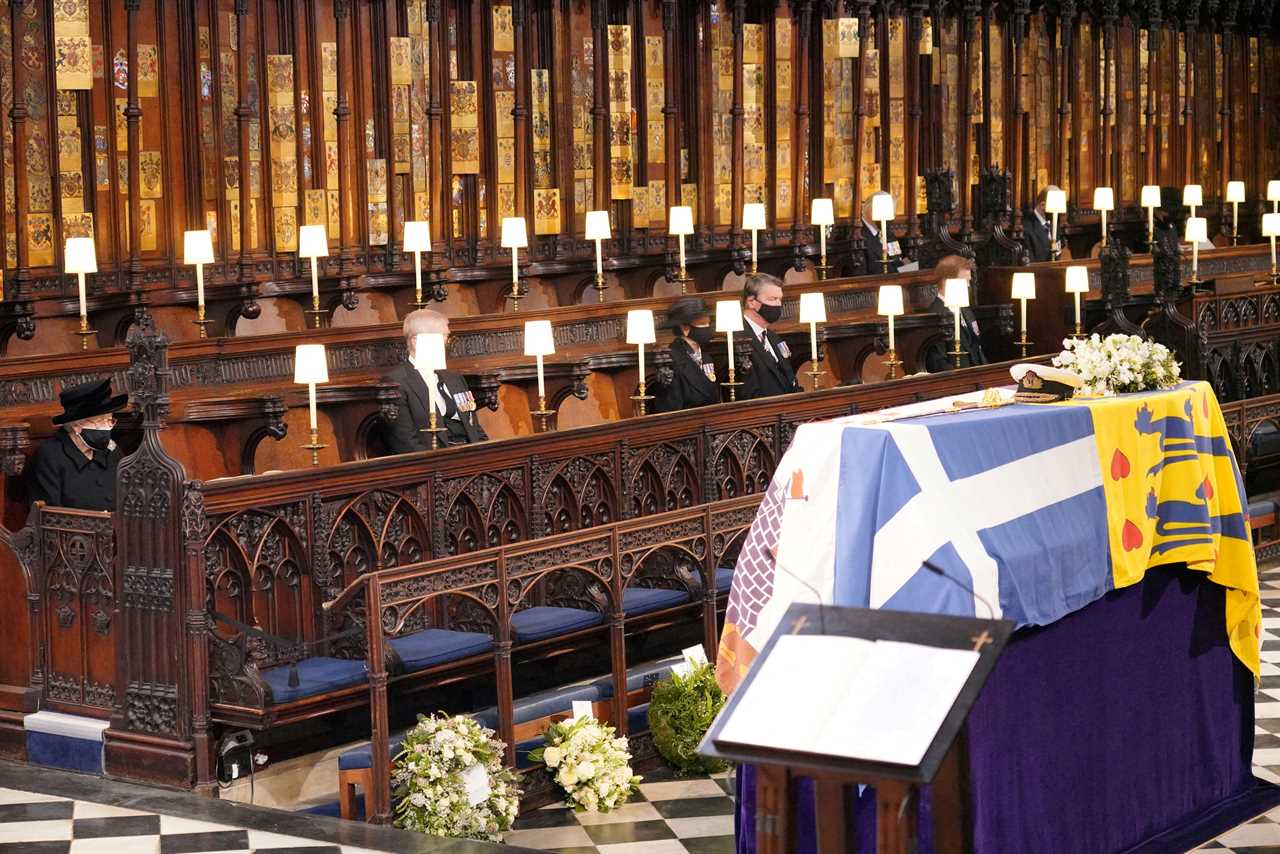
Queen Elizabeth II looks at the coffin of her husband, Prince Philip, who died at the age of 99 on April 17, 2021
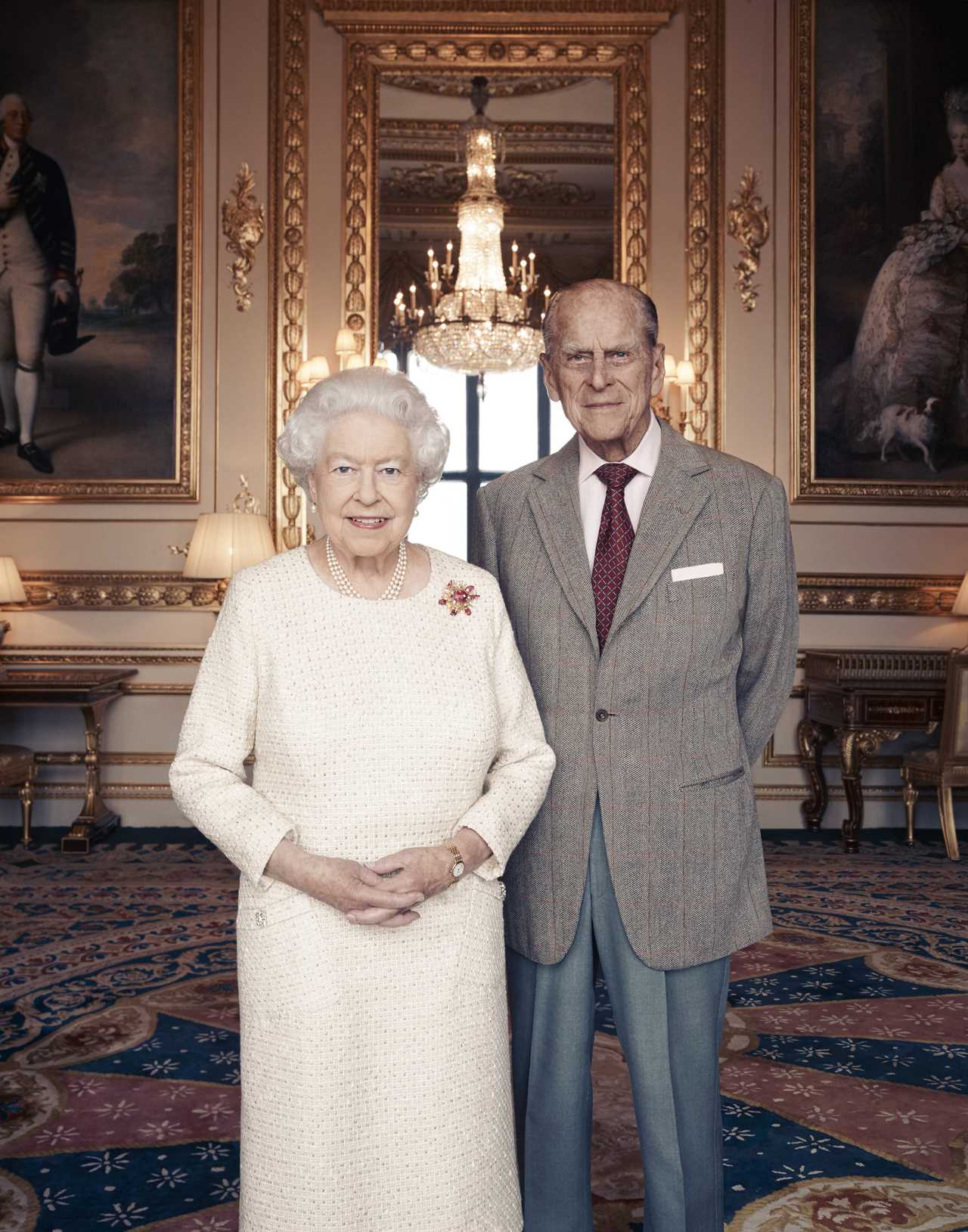
This afternoon, Her Majesty will finally be beside her her beloved Prince Philip in the royal vault
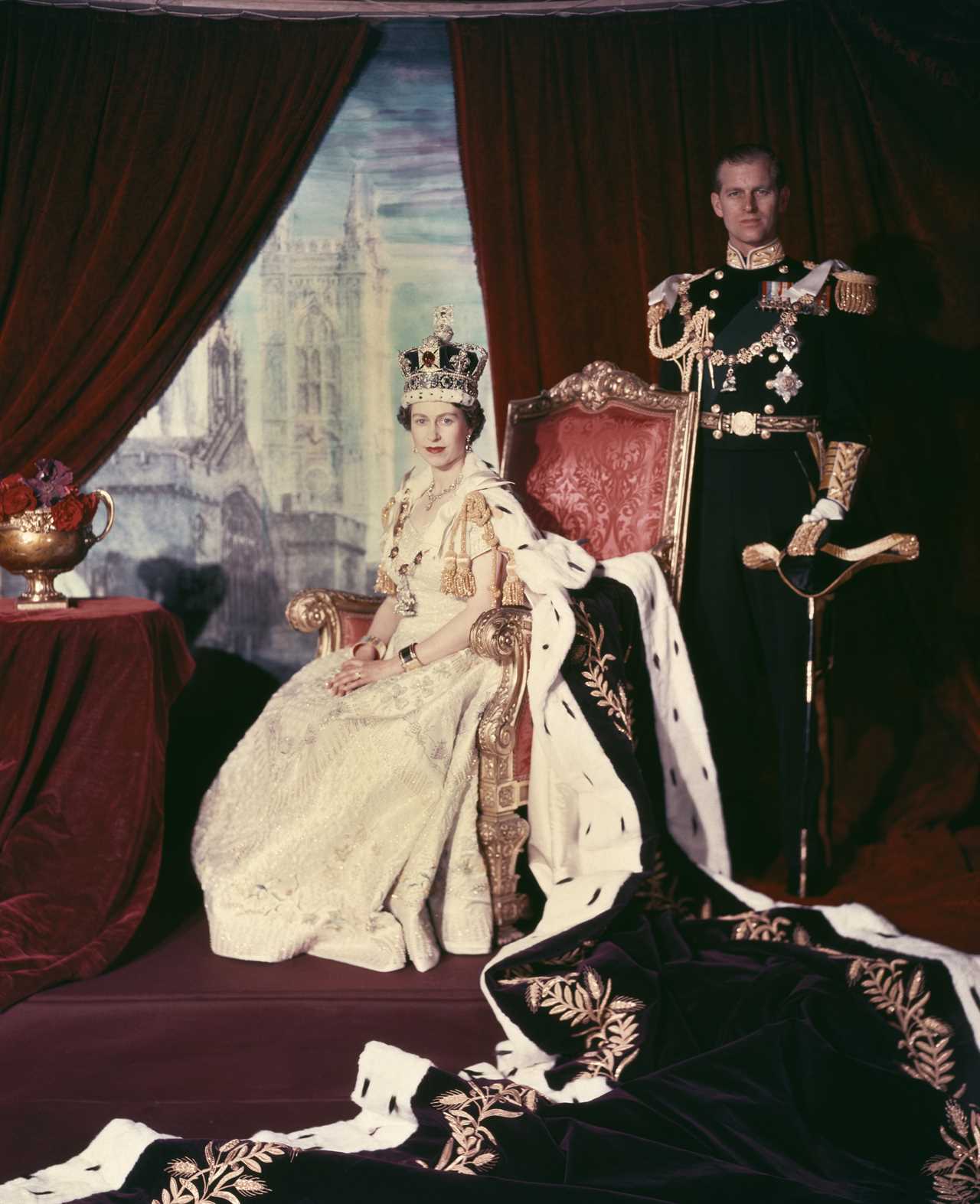
The Queen and the Duke of Edinburgh pictured in 1953, shortly after her Coronation
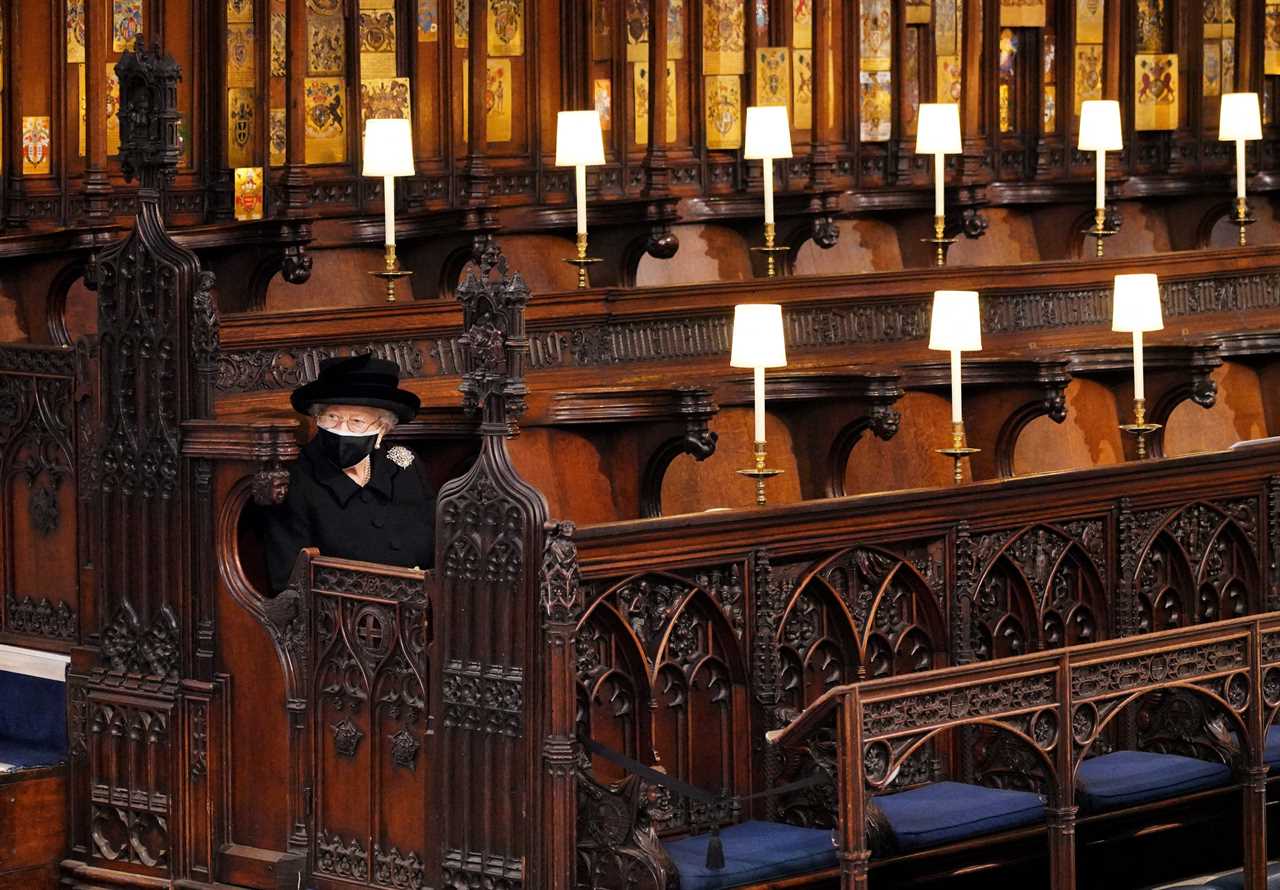
No place could be more perfect for Britain’s longest-serving monarch, here she takes her seat for the funeral service of Prince Philip in Windsor
Our longest reigning monarch must have felt such sadness since the funeral of the Duke of Edinburgh, who was far more than her husband and consort of 73 years.
She first encountered the man she called “my strength and stay” when she was just 13 and he was a dashing young naval officer.
Whether he was sitting by her side during windswept parades or walking one step behind, he kept the vow he had made during the Queen’s Coronation at Westminster Abbey in June, 1953.
Kneeling, he put his hands between hers and declared: “I, Philip Duke of Edinburgh, do become your liege man of life and limb, and of earthly worship; and faith and truth will I bear unto you, to live and die, against all manner of folks. So help me God.”
That worship will surely last into eternity.
Philip, who died in April last year aged 99, awaits her 16ft down in the burial chamber which is normally hidden by black and white diamond-shaped tiles.
It will be open today for the committal when the Queen’s oak coffin will be gently lowered into the tomb.
After his death, the Queen made Windsor Castle her main residence so she could be near him. Behind the altar in the ancient fortress’s chapel is a passageway with steps into the vault from which the Queen could have been closer still.
The chamber, which contains the coffins of 25 royals, will not be the final resting place of Queen Elizabeth II and her husband.
After all the film crews have left there will be a private ceremony at 7.30pm attended by senior royals when the couple will be laid to rest in a tiny chapel adjoining the main building.
Her Majesty’s wish was to lay side by side with her husband in King George VI memorial chapel, where her father George VI and her mother Elizabeth, The Queen Mother, and sister Princess Margaret are interred.
Sovereigns and their consorts have been laid to rest there in recent times, but in former centuries kings and queens of England were buried at Westminster Abbey.
Henry VIII is perhaps the best known to be interred in the chapel, although the marble slab marking his final resting place is in the wrong spot. Also in the vault are George IV and William IV.

The grandest of all memorials was created by Queen Victoria for Prince Albert after his death in 1861.
Acting against her husband’s wishes in his will, she transformed the former Tomb House and Lady Chapel into a lavish neo-Gothic chapel with stained glass windows and costly murals inlaid with precious stones and marble.
No place could be more perfect
Albert himself lies prone, like a medieval knight in effigy, with his favourite dog, Eos, at his feet.
In 1862, Albert was moved to the Royal Mausoleum at Frogmore in Windsor Great Park about half a mile south of Windsor Castle.
Victoria was laid to rest alongside him on her death in 1901. Few outsiders have been allowed into the St George’s vault. About 70ft long and 28ft wide, it is said to have room for 32 bodies on each side, with 12 low tombs in the middle for sovereigns.
Others buried there include George III’s wife Queen Charlotte, and Queen Victoria’s father the Duke of Kent.
Princess Margaret, who died in 2002, was cremated and her ashes were initially placed there, before being moved to the George VI memorial chapel with her parents’ coffins when the Queen Mother died a few weeks later.
The princess wanted to be cremated because she found the alternative royal burial ground at Frogmore too “gloomy”.
George VI died in 1952, but was first interred in the royal vault and moved to the memorial chapel when it was built.
It was the first structural addition to the exterior of St George’s since it was completed in 1528.
In March 1969, George VI’s coffin, still covered by the Royal Standard that had been used at his funeral, was taken from the royal vault and buried there.
ROYAL STUMBLE
Royal fans are convinced Zara Tindall ‘lost her shoe’ at the Queen's vigil
No place could be more perfect for Britain’s longest-serving monarch because this addition to St George’s was commissioned by our late sovereign herself.
She poignantly planned every last detail — just as she has for her own funeral.

